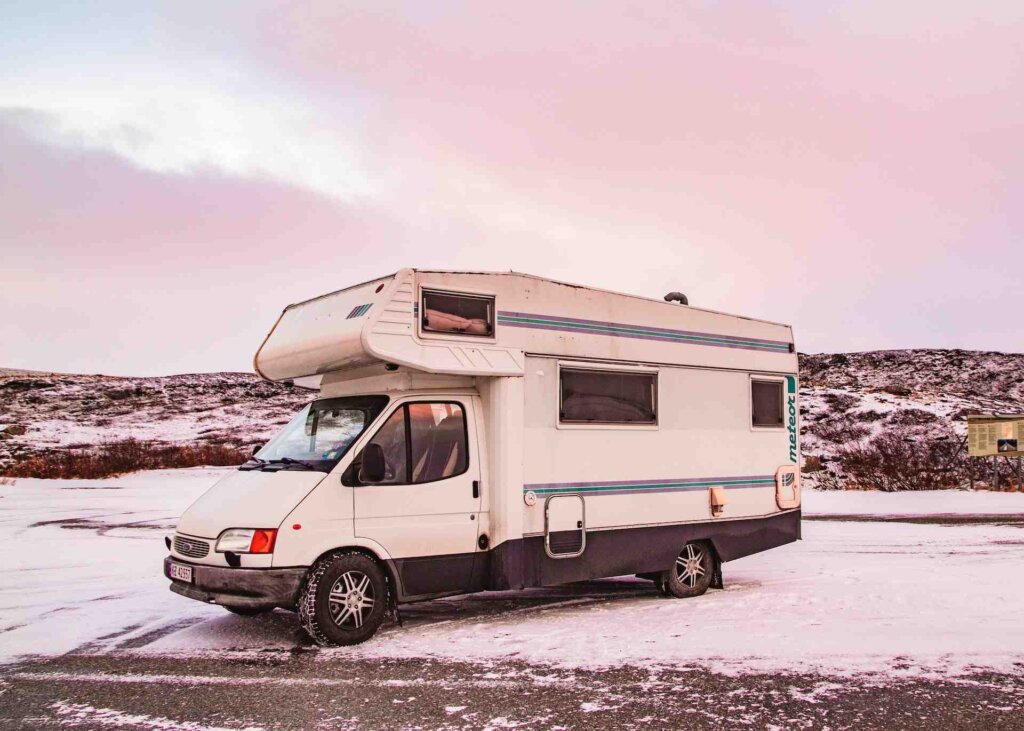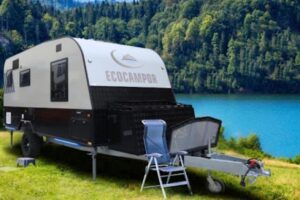So, what’s one to do if they are wanting a warm camper but do not want to rely on propane?
From alternative fuel sources to nifty preventative measures, there are a number of options out there for RVers trying to learn how to heat an RV without propane.
Let’s get into it.
Insulating an RV
Before we even talk about methods to heat an RV, let’s first talk about insulation. Improving your RV’s insulation situation guarantees that when you do heat your RV, that heat sticks around and works to keep you warm. No point paying for fuel to heat your rig if that warmth is going to immediately escape, right?
There are several cheap and easy techniques that can be employed to better insulate a camper. These techniques require a small financial investment but result in hundreds of dollars saved in heating costs over the lifetime of an RV.
Airtightness
The easiest and cheapest way to help insulate an RV is to ensure it is fully sealed and airtight. A camper that is not airtight will leak air into the outside world. This is known as air exchange. Air exchange simply refers to the process of air moving from the inside of your camper to the outside or vice versa.
During the winter months, air exchange presents itself as warm-conditioned air leaking out, while cold, organic air leaks in. To control your camper’s air exchange, you need to stop all uncontrolled airflow.
With a tube of caulk and several lengths of weather stripping, examine the exterior of your rig, sealing unwanted holes and seams as you go.
Make sure to focus on windows and doors, as these areas are known for high air leakage. If you observe old, ineffective caulk, it’s going to need mending. Try to scrape away as much of the old caulking as before applying the new. This will help ensure the new caulk adheres to your camper properly and creates a solid seal. Clumps and strips of old caulking diminish the effect of new caulk.
Replacing the weather stripping along the bottom of your RV door will significantly increase your camper’s insulation. Doors are typically the largest opening in a camper, and as such, they are always a culprit in poor insulation situations. You’d be shocked at how much easier it is to keep a camper warm just by replacing some old weather stripping.
Don’t believe me? Try it yourself!
Windows
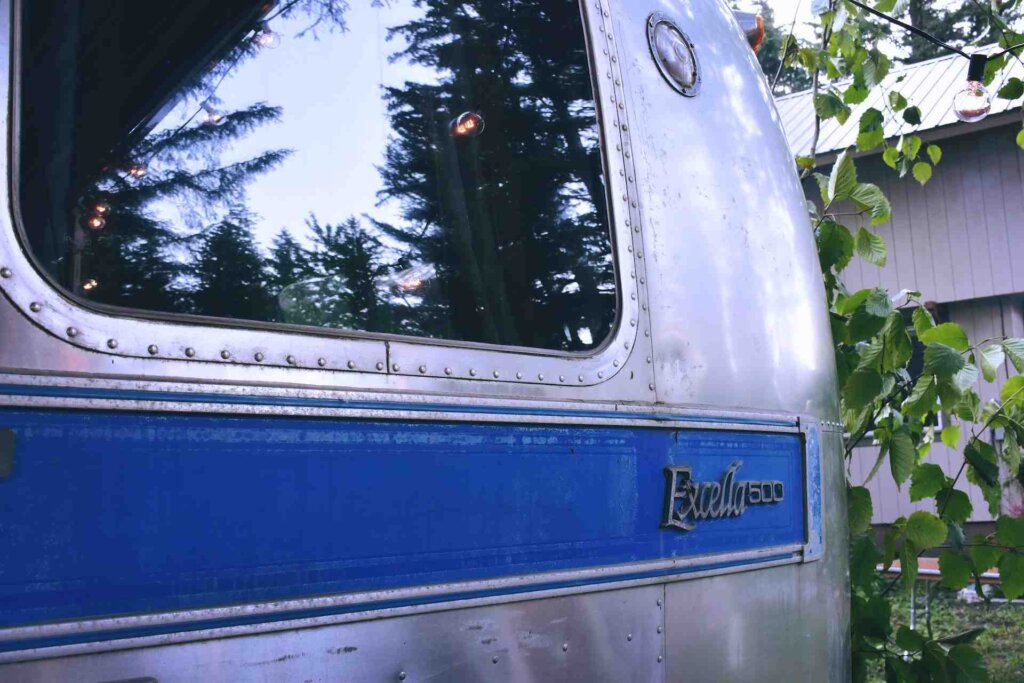
As with doors, windows are a known weak spot for RV insulation. Glass does keep in heat, but it doesn’t do it very well. This is especially true of single-pane windows. A single-pane window is just a single pane of glass, whereas a multi-pane window has two or even three panes of glass with small pockets of sealed air between each pane. Multi-pane windows have much better insulating properties than single-pane windows.
It is possible to simulate the insulating properties of a multi-pane window by taping a thick clear piece of plastic over the window. This creates an insulating pocket of air, while still allowing the window to be looked through.
Additionally, some custom RV manufacturers sell insulated window curtains that can keep a camper comfortably warm without compromising privacy. These curtains work by blocking the sun’s radiant energy. They can be bought online or made without too much trouble.
Bundling Up
The cheapest way to stay warm in an RV is to preserve your own body heat as efficiently as possible. How does one do this? Warm clothes! Dry wool clothing performs incredibly in cold weather. It might not be the most comfortable to hang out in your warm layers all evening, but if the alternative is either shivering or shelling out a ton on fuel costs, putting on a sweater doesn’t sound too bad.
Heating Your RV Without Propane
While propane is the most common source of furnace fuel in the recreational vehicle industry, it is far from the only option. In fact, it’s not even the cheapest option! Propane is standard merely due to its availability and the fact that propane tanks can be easily and safely stored on any type of RV, without the need for an additional fuel tank to be installed.
Below I’ve listed out the best alternative heating methods for those of you who want to avoid propane.
Electric Heaters
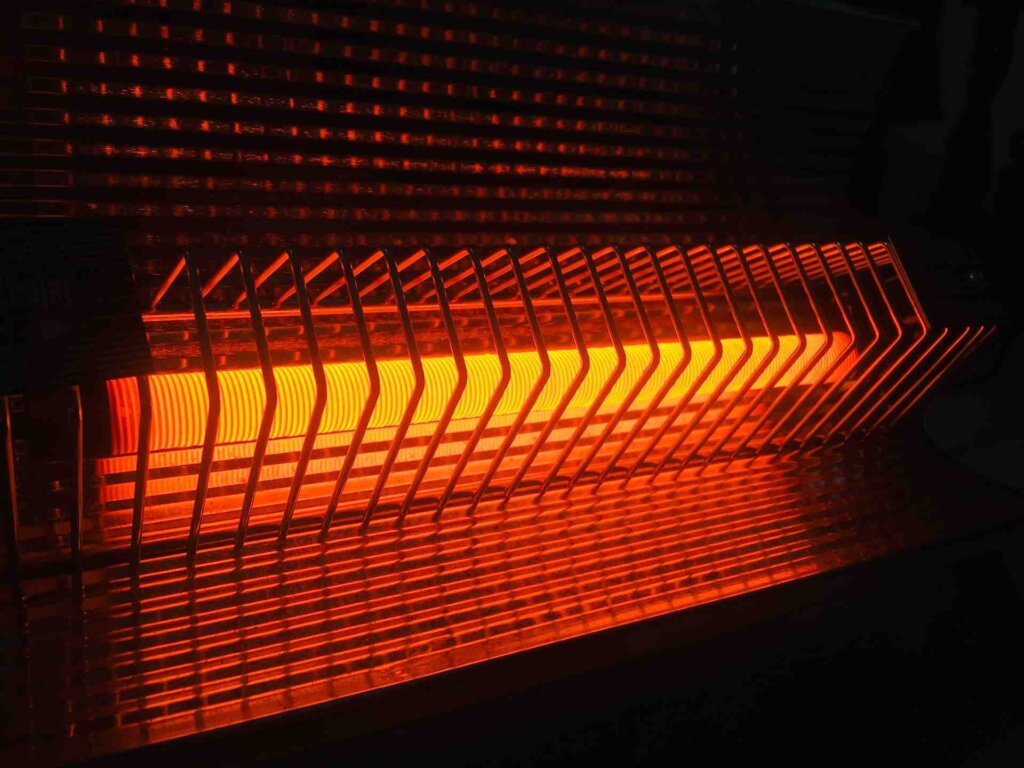
For those of you who mostly frequent RV parks for your camping adventures, electric space heaters are going to be your best friend. They are cheap, readily available, and quite safe to use.
Electric space heaters are ideal for RV parks because they have a significant energy draw. Without access to shore power, electric heaters have the ability to drain an RV’s auxiliary batteries quite quickly. Boondockers should not plan to rely on an electric space heater unless they have a super heavy-duty battery bank and a few high-quality solar panels.
Many RVers tend to favor ceramic space heaters. These space heaters can heat small spaces very quickly and efficiently. Most modern space heaters have safety features such as auto shut-offs in the event of the heater tipping over and overheating protection shut-offs.
Wood Stoves
Cautiously regarded by many people, a wood stove is an unpopular, but totally great option for heating a rig. Wood stoves make people nervous because they rely on open flames to create heat. The fire must be created and maintained by the users, and this intimate interaction with flames makes people think that wood stoves are less safe than other types of furnaces.
I’m of the opinion that when properly installed and operated, a wood stove is no more dangerous in an RV than it would be in a house or cabin.
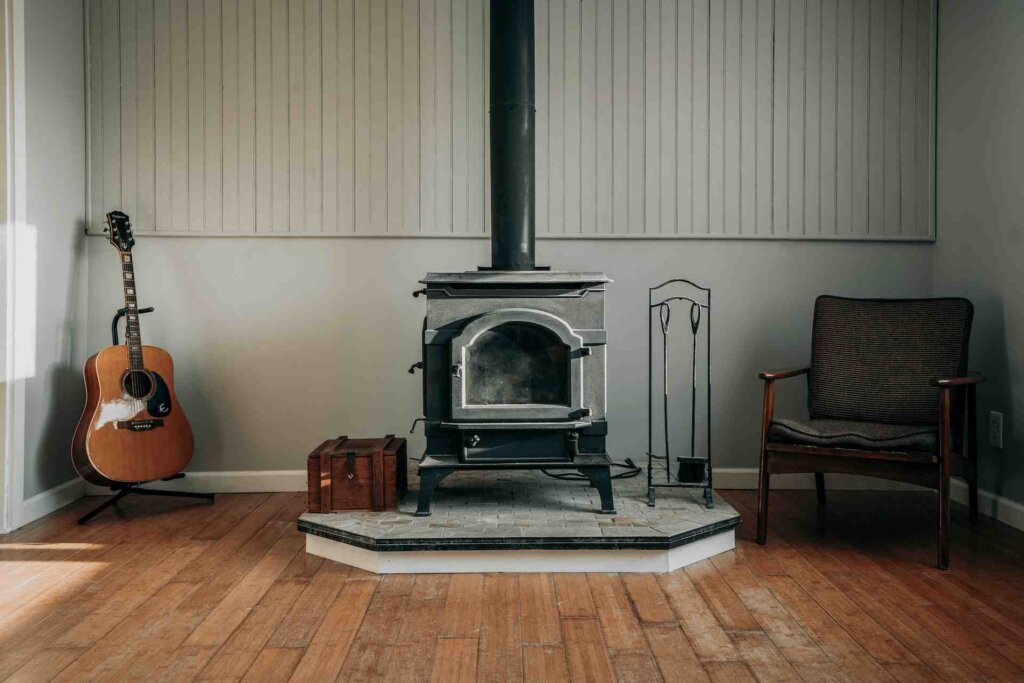
If you want to heat your RV without a propane furnace or electricity, a wood stove is your path to warm cozy winter nights. In the past decade, uber-efficient compact wood stoves have been released on the consumer market that can heat a campervan using very little wood. These slick stainless-steel stoves can be installed relatively easily and put up a solid defense against bitter cold weather.
Diesel Heaters
In motorhomes and campervans, a diesel heater is a secondary furnace unit that is tapped into the vehicle’s primary diesel fuel tank. These units can be installed anywhere in the main cabin of the camper or somewhere in the undercarriage.
Diesel heaters are hands-down the cheapest way to heat an RV without propane. Liquid diesel burns more efficiently than liquid propane and thus requires less fuel to heat an RV. Diesel heaters have been used for decades in the trucking industry to heat the cabins of long-haul transport trucks overnight.
Diesel heaters produce heat by burning diesel fuel, while 12-volt DC power takes care of powering the thermostat, safety features, and regulating temperature.
Diesel heaters should be installed by a technician that is certified to install the specific brand of heater that you want. When improperly installed, all types of furnaces can be extremely dangerous. Always make sure to have properly functioning carbon monoxide and smoke detectors installed in your rig, especially if you use a wood stove for heat.
Frequently Asked Questions
See what our readers are asking about how to keep their rig warm without propane.
Is propane the cheapest fuel source for heat?
Propane is among the cheapest sources of fuel for heating an RV, but it is not the cheapest. Diesel is the most cost-effective way to heat an RV.
Are space heaters safe?
It is just as safe to operate a space heater inside of an RV as it is to operate one in a house. Just make sure that all of your smoke alarms and carbon monoxide detectors are frequently tested and always have fresh batteries. If your space heater is propane powered, make sure the RV has proper ventilation.
What is the best type of insulation for an RV?
My preferred type of insulation is fiberglass wall insulation. The same stuff that is used in residential house construction. It is relatively affordable, very efficient at keeping small spaces warm, and easy to install.
Conclusion
It is absolutely possible to keep warm through a long winter of RVing without using propane for heat. Warm blankets, wool clothes, and zero-degree sleeping bags will work hard to preserve the heat produced by your body, while space heaters and wood stoves work to replace any heat that does escape outside.
Winter camping is an incredible experience. Fear of cold weather is not worth missing out on all of the beauty and excitement offered by the outdoors during winter months. Get after it!
Happy camping!

